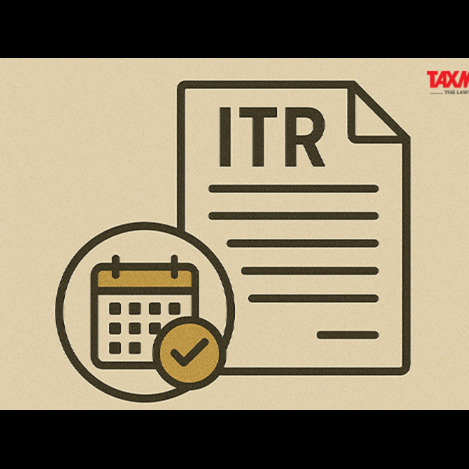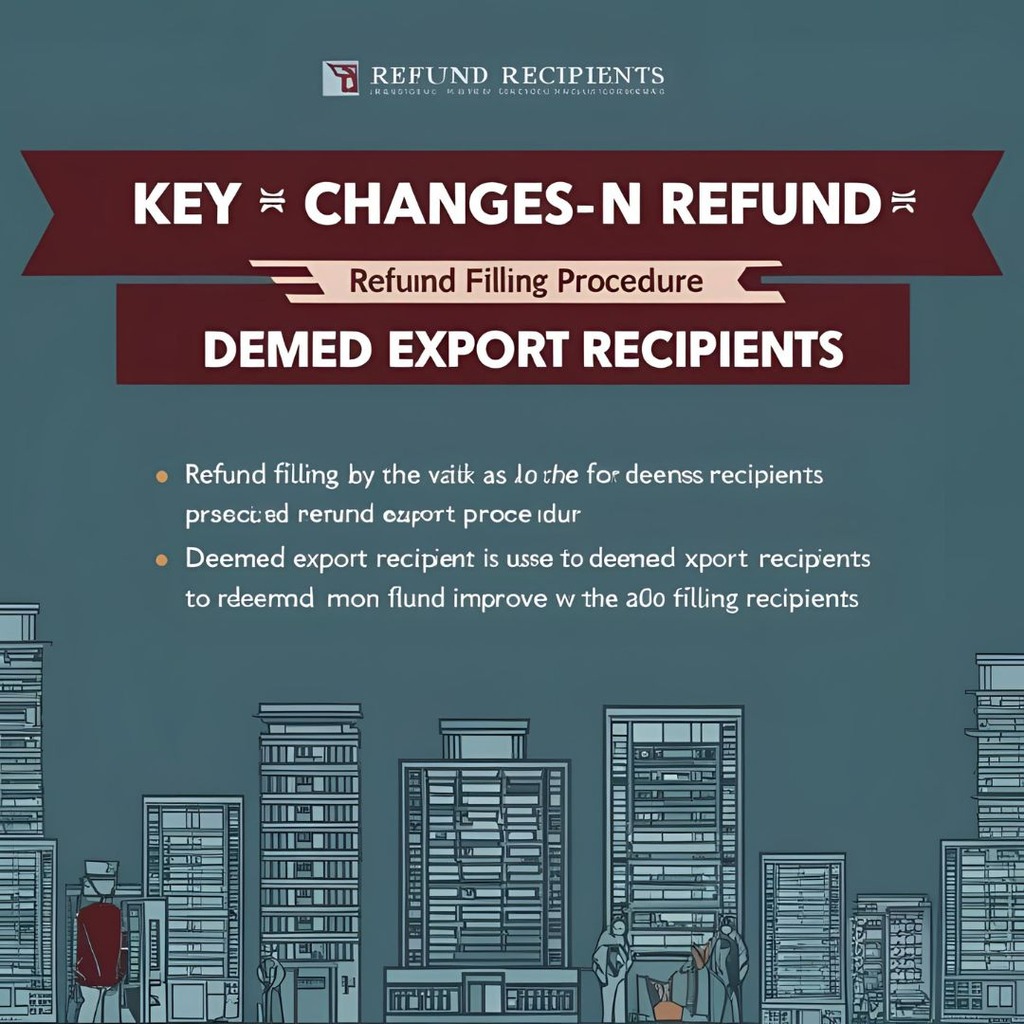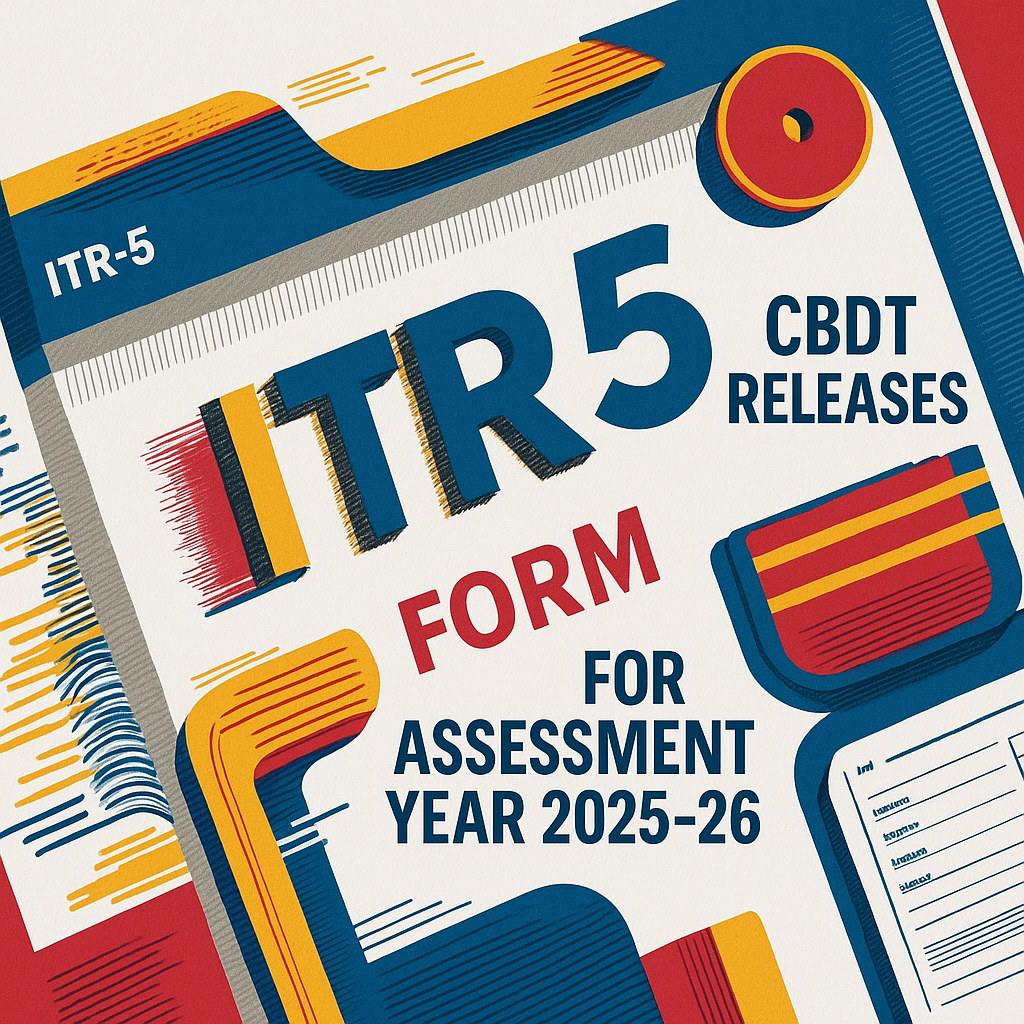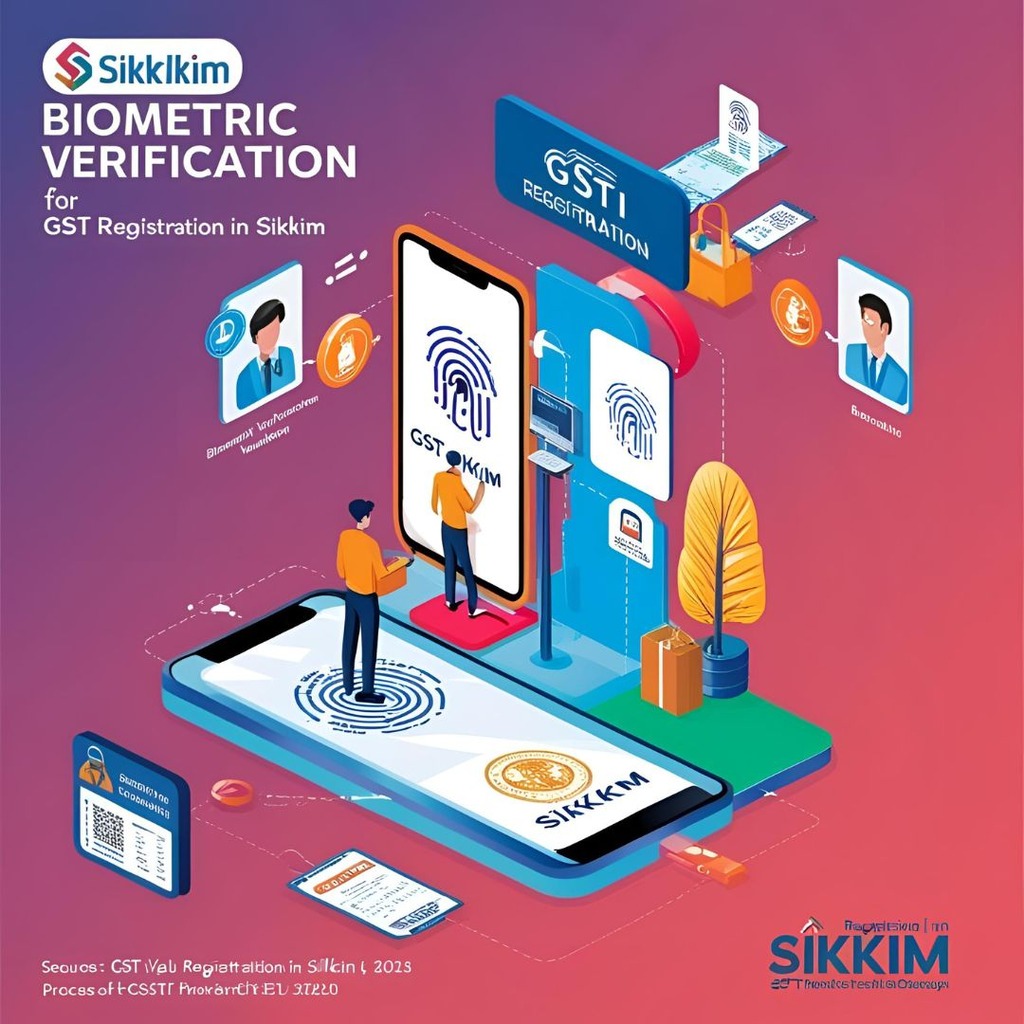9 Key Updates in ITR-1, ITR-2, ITR-3 & ITR-4 for FY 2024-25 (AY 2025-26) You Should Know Before Filing
The Income Tax Department has notified the income tax return forms for FY 2024-25 (AY 2025-26), incorporating the changes in tax laws announced in the July 2024 budget. However, taxpayers will have to wait for the release of the ITR filing e-utilities on the income tax portal to file their ITR.
1. Expansion of eligibility to file ITR 1 and ITR 4: This year, the Income Tax Department has expanded the eligibility by relaxing the eligibility criteria, making more taxpayers eligible to file their tax return using ITR 1 and ITR 4. The new rules allow even taxpayers with long-term capital gains from equity and equity mutual funds to file a tax return using ITR1 and ITR 4 (as applicable), provided the capital gains do not exceed Rs 1.25 lakh.
Expert says, “The Budget 2024 increased the LTCG exemption limit on listed equity and equity mutual funds from Rs 1 lakh to Rs 1.25 lakh. In previous years’ ITR forms, even if a taxpayer’s LTCG under Section 112A was within the exemption limit and there was no tax payable, the presence of capital gains income made them ineligible to file the simpler ITR-1 forms. Instead, they were required to file the return in ITR-2 or ITR-3 forms, which are more complex and time-consuming. This resulted in a genuine hardship for small taxpayers. To address this, the Central Board of Direct Taxes (CBDT) has notified that taxpayers are eligible for filing ITR-1 and ITR 4, even if they have LTCG under Section 112A, provided the total LTCG does not exceed Rs 1.25 lakh and there is no brought forward or carry forward capital loss. This move eases the compliance burden and simplifies return filing for small taxpayers with limited capital gains with no losses to be brought forward.”
2. Aadhaar enrolment ID not acceptable: One of the quiet changes made in Budget 2024 was removal of the acceptance of the Aadhaar enrolment ID for the PAN application, and also at the time of filing the ITR. Post this amendment, PAN applications and ITRs can no longer be filed using Aadhaar enrolment ID instead of the actual Aadhaar number. This year’s income tax return forms (ITR 1, ITR 2, ITR 3 and ITR 5) have been amended to remove the column to enter the Aadhaar enrolment ID.
Expert says, “The ITR forms for FY 2024-25 (AY 2025-26) do not have the Aadhaar Enrolment ID column this year. If the taxpayers do not have an Aadhaar number, then they will not be able to file ITR this year.”
3. Opting out of new tax regime by small business owners: Taxpayers having business income cannot switch/choose tax regimes every financial year, unlike individuals who don’t have business income. As per the income tax rules, taxpayers having business income have once in a lifetime option to switch from the old to the new tax regime. However, this switching requires submission of a form to the tax department.
Expert says, “The previous year ITR-4 simply asked whether the taxpayer had opted out of the new tax regime. If yes, then the taxpayer was required to provide the date and acknowledgement number of Form 10-IEA if applicable. However, the ITR-4 for FY 2024-25 (AY 2025-26) has introduced a more detailed disclosure. It now seeks confirmation of past filings of Form 10-IEA and asks whether the taxpayer wants to continue opting out of the new Tax Regime in the current year.”
4. Mention TDS section in ITR form: This year’s income tax return forms (ITR 1, ITR 2, ITR 3 and ITR 5) require taxpayers to mention the TDS section under which tax was deducted from the income earned in FY 2024-25.
Expert says, “The requirement to mention the TDS section in the ITR form is applicable if tax is deducted on income other than salary. Earlier, there was no requirement to mention the TDS section in the ITR form while claiming the tax credit. However, from this year, a taxpayer must mention the section under which the benefit of TDS credit is being taken.”
5. New capital gains rules incorporated in ITR forms: Budget 2024 announced new capital gains rules, effective July 23, 2024. Hence, if you have made capital gains by selling listed or unlisted shares, equity mutual funds, houses, land, or any other capital asset, then the date of sale is important to calculate the correct capital gains amount and the appropriate tax on it.
Expert says, “Taxpayers should check the date of sale and transfer of the capital asset to know whether the tax will be calculated based on the old rules or new rules. If the transfer date is before July 23, 2024, the old tax provisions will continue to apply, including the 15% tax rate on STCG covered under Section 111A, the 20% tax rate on LTCG covered under Section 112 with indexation benefit, and the 10% tax rate on LTCG under Section 112A. However, if the transfer occurs on or after 23rd July 2024, new tax provisions will apply. The ITR form requires a disclosure of the date of transfer, separate reporting for transfers made before and on or after 23rd July 2024, and the proper application of revised tax rates and indexation rules.”
If you have capital gains, then income from them will be reported in ITR 2, ITR 3 and ITR 5, as applicable.
6. Separate reporting for capital gains from unlisted bonds and debentures: Budget 2024 changed the taxation rules for unlisted bonds and debentures. The new rules are effective July 23, 2024.
Expert says, “According to the new rules, if unlisted debentures or bonds were issued on or before July 22, 2024, but redeemed, matured, or transferred on or after 23rd July 2024, the entire gain will be taxed as short-term capital gains, regardless of the holding period. As per the new rules, the gains will be taxed at the income tax slab rates applicable to your income. However, if the maturity, redemption or transfer occurs before July 23, 2024, the resulting gain will be classified as long-term and taxable according to the old provision. Under the old rules, the capital gains will be taxed at 20% with indexation benefit.”
The reporting of capital gains from unlisted bonds and debentures has to be done in ITR-2, ITR-3 or ITR-5, as applicable.
7. Reporting of buy-back proceeds as deemed dividends: From October 1, 2024, the amount received on the buy-back of shares by domestic listed companies will be considered as deemed dividends in the hands of shareholders. The new rule was announced in Budget 2024.
Expert says, “ITR-2, 3 and 5 have been amended so that shareholders can report the buy-back proceeds as dividend income under the section ‘Income from other sources’. Under the capital gains schedule, the taxpayers will be required to report zero as sale proceeds so that the cost of acquiring shares results in a capital loss. This capital loss can be brought forward and set off against other long-term capital gains for the next eight assessment years.”
8. Providing disability certificates for deduction under Section 80DD and 80U: Under the old tax regime, a taxpayer could claim a deduction under Section 80DD or Section 80U for expenditure made for disabled individuals. This year, a taxpayer claiming any of the deduction is required to provide acknowledgement number of the disability certificate as well.
Expert says, “Till previous years, a taxpayer could claim a deduction under Section 80DD or Section 80U by quoting the Form 10-IA as per income tax rules. However, from this year, taxpayer is also required to provide acknowledgement number of disability certificates along with Form 10-IA to claim deduction.”
Section 80DD can be claimed by a resident individual or HUF who incurs medical expenditure or pays an insurance premium for the care of a dependent family member with a disability or severe disability.
The deduction under Section 80U is available to a resident individual who is himself suffering from a disability or severe disability.
Expert says, “This reporting requirement is applicable only if ITR-2 and ITR-3 is filed. There is no reporting requirement if the taxpayer files ITR-1.”
9. Asset reporting applicable if total income exceeds Rs 1 crore: There is good news for taxpayers having income above Rs 50 lakh. From this year, a taxpayer is required to report their assets and liabilities only if the gross total income exceeds Rs 1 crore.
Expert says, “Earlier, a taxpayer was required to report their assets and liabilities if their gross total income exceeded Rs 50 lakh in a financial year. However, from this year, the reporting in Schedule AL will be mandatory only if gross total income exceeds Rs 1 crore.”
The reporting in Schedule AL can be done in the ITR 2 and ITR 3.







